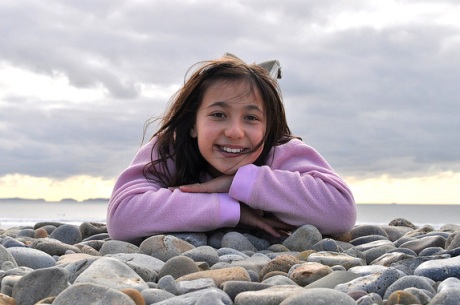Weekend Qigong retreat at the beautiful Beacon Bank Farm which nestles in gently rolling Staffordshire countryside. Secluded from neighbours and busy roads, it feels suspended in an earlier period when time passed more slowly and nature provided the news of the day. It is a wonderful place to stay and unwind, to let go of the hustle and bustle and to just enjoy the simple, natural pace of life with our small community.
The Zhan Zhuang course will be run by Sifu Tony Dove who is a disciple of Master Lam.
Zhan Zhuang Chi Kung:
‘Standing Like A Tree Energy Exercise’.
The term ‘Standing Like A Tree’ was first used by by Master Lam in the 1980’s, when he introduced Zhan Zhuang (pronounced ‘Jam Jong’) to the West. The roots of this fascinating art go back at least 27 centuries.
In practice, you stand and grow just like a tree. With no strain, and developing steadily, you establish strong foundations. On these firm foundations, you grow health and happiness.
The root of the experience is in static postures. As the body becomes settled, new aspects of the art are added, developing the breadth of the practice.
Zhan Zhuang develops relaxed stability in body and mind. The Art of Zhan Zhuang is like a fully grown tree, with many branches coming from one root. The different branches of the art include health, medical, martial and meditative applications.
The diversity of branches give shape to the tree, making it naturally balanced, vibrant, abundant, generous,
and strong.
At first, the effects of Zhan Zhuang work inwardly, and are personal. Later, they become stronger, and are noticeable from the outside. This is much like a tree grown from a seed, small at first, yet finally providing shelter and sustenance to huge variety of life.






